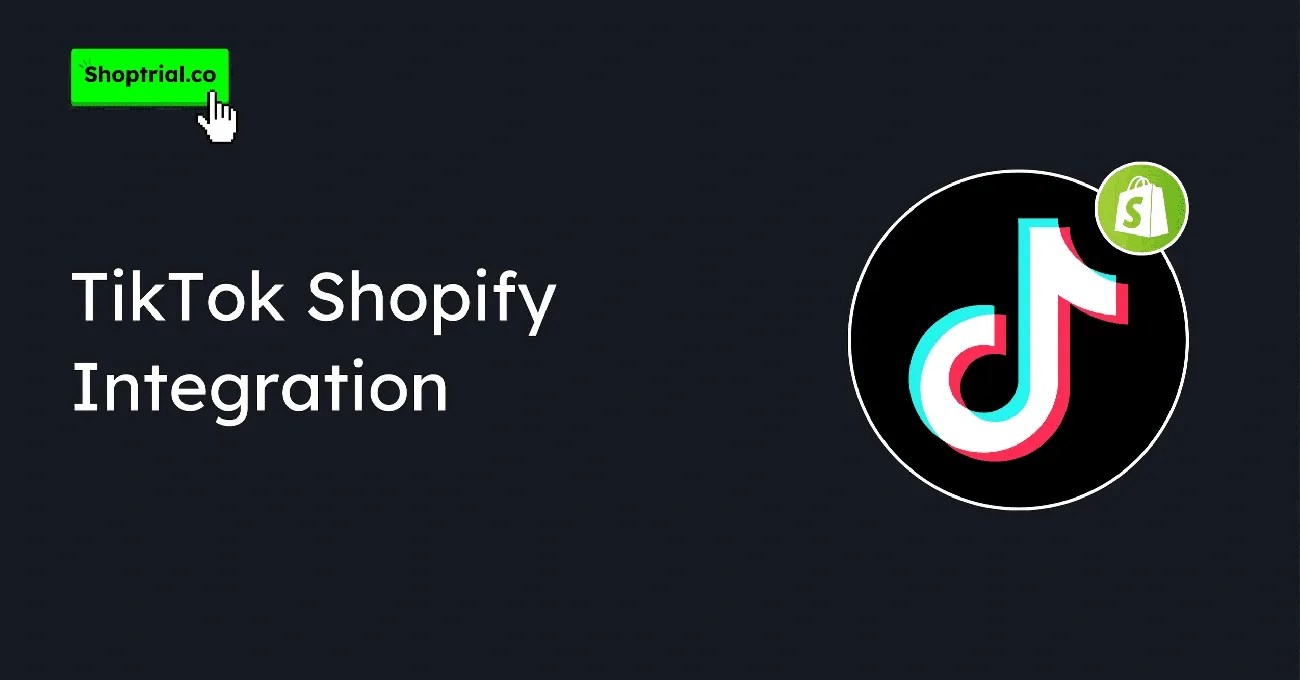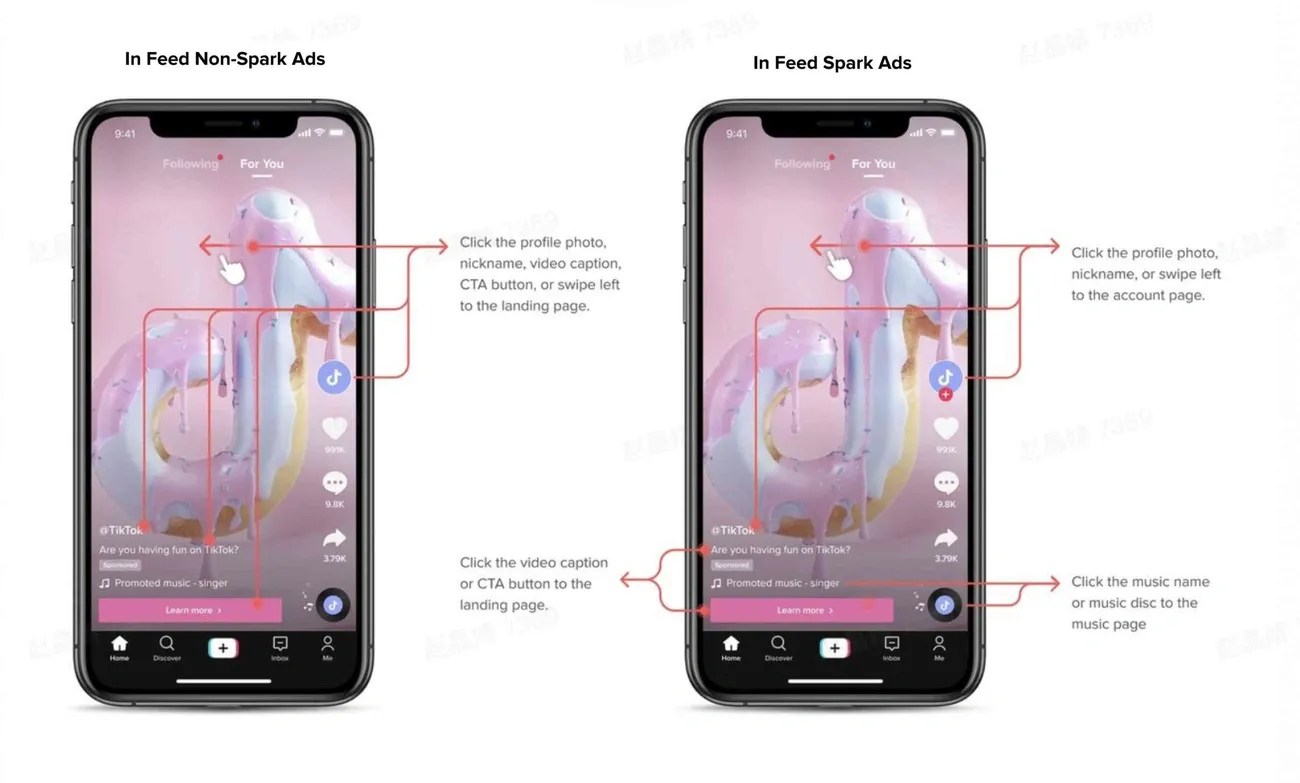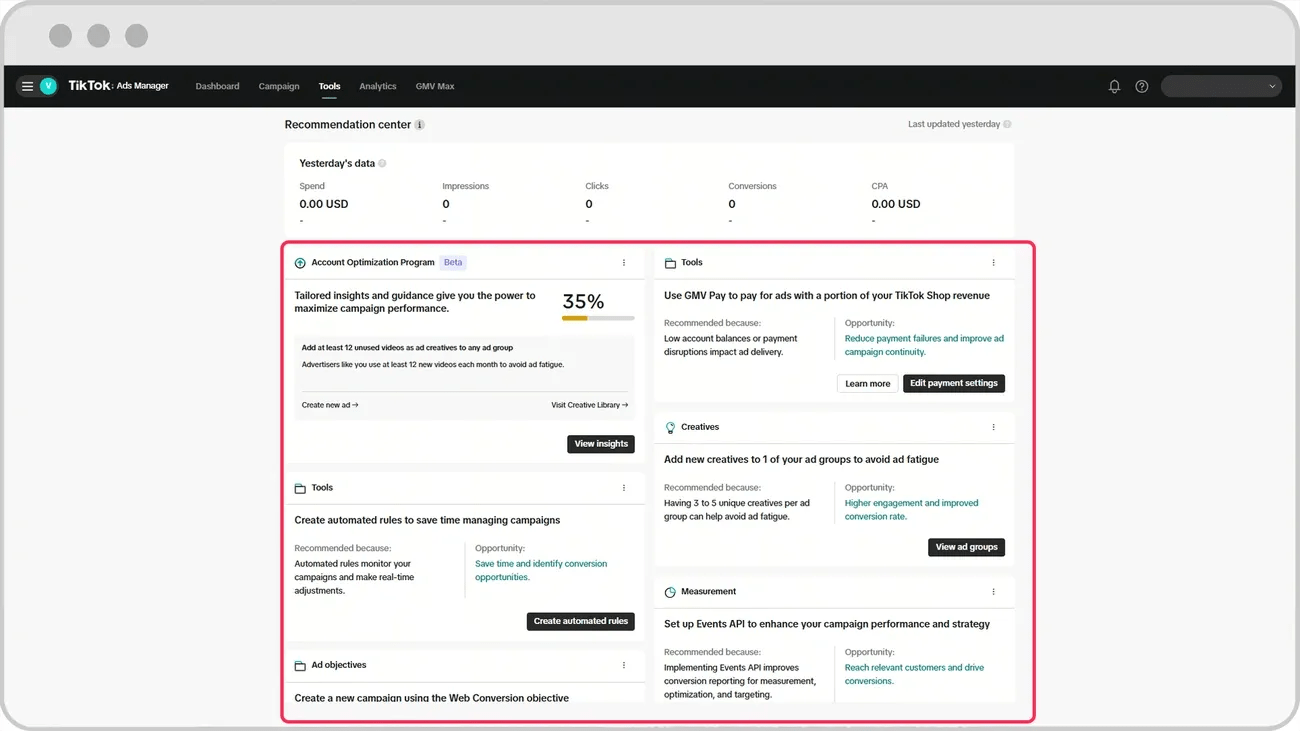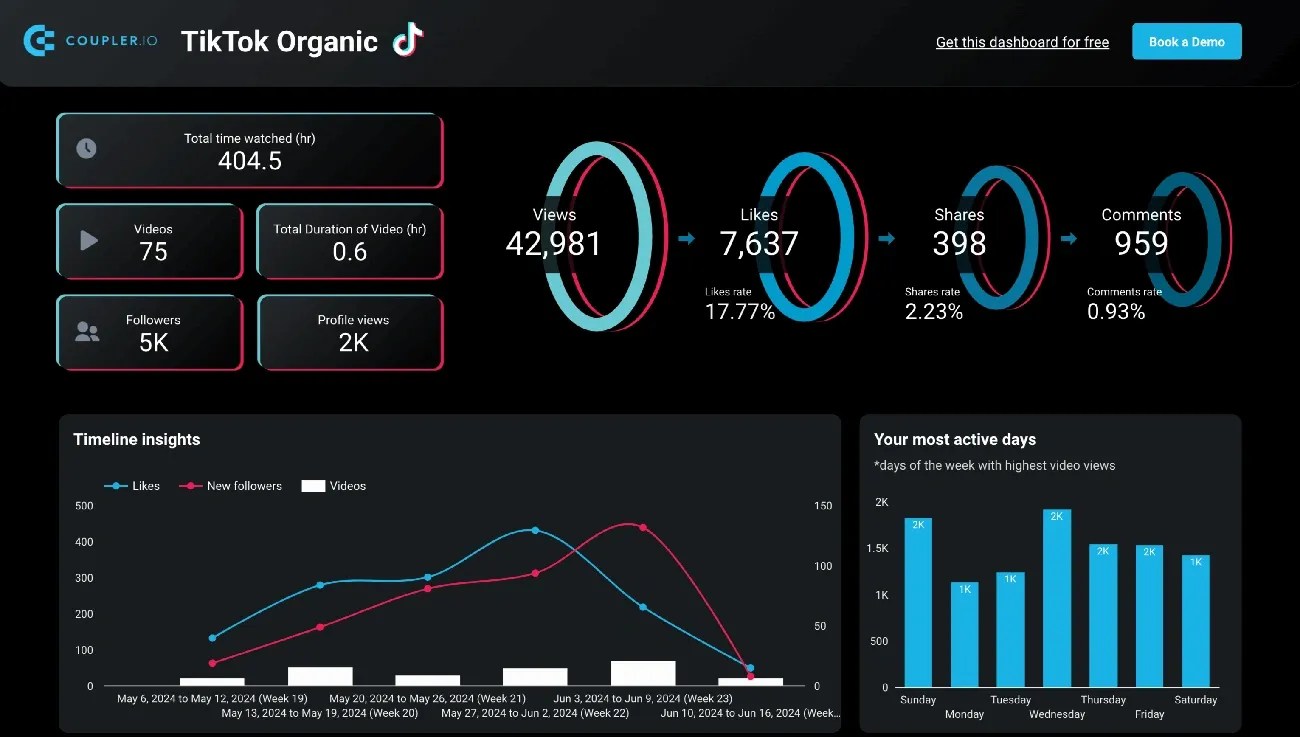 Vibe marketing transforms how brands connect with audiences in 2025, replacing complex campaigns with emotion-driven, AI-powered content. Unlike traditional marketing that relies on large teams and extensive resources, this approach enables even small businesses to create authentic engagement through streamlined workflows.
Vibe marketing transforms how brands connect with audiences in 2025, replacing complex campaigns with emotion-driven, AI-powered content. Unlike traditional marketing that relies on large teams and extensive resources, this approach enables even small businesses to create authentic engagement through streamlined workflows.
Actually, the shift toward vibe marketing represents a fundamental change in how successful brands operate. By focusing on emotional resonance rather than just data-driven strategies, companies can develop deeper connections with their audiences. Furthermore, with the rise of accessible AI tools, marketing teams of any size can now produce high-quality, resonant content that previously required substantial investments.
This guide cuts through the noise to explain exactly what vibe marketing is, how it differs from conventional approaches, and the specific tools powering this revolution. You’ll discover how brands like Coca-Cola and Spotify are already implementing these strategies, and learn the practical steps to incorporate vibe marketing into your own business immediately.
What is Vibe Marketing and Where Did It Come From?
In the ever-evolving landscape of digital marketing, a new approach has emerged that’s changing how brands connect with their audiences. Vibe marketing represents a fundamental shift in execution—where humans provide creative direction while AI handles the heavy lifting.
The origin of the term ‘vibe marketing’
The term “vibe marketing” wasn’t coined in traditional marketing circles. Initially, it emerged as a spinoff from “vibe coding,” a concept introduced by OpenAI co-founder Andrej Karpathy in early 2025. By March of that year, startup founders and marketers began wondering: if developers could “vibe code,” could creatives “vibe market”? [1] Within weeks, the phrase gained significant traction on social media platforms.
Essentially, vibe marketing is a contemporary approach where emotion, energy, and brand presence take center stage instead of feature-focused messaging [2]. It enables small teams—or even solo marketers—to create and execute multi-channel strategies with help from automation, AI agents, and creative iteration [2]. This method turns human creativity combined with cutting-edge software into fast campaigns that feel intentional, engaging, and relevant.
How it evolved from vibe coding
The concept’s roots trace directly back to Karpathy’s description of vibe coding as “fully giving in to the vibes, embracing exponentials, and forgetting that the code even exists” [1]. He described his process as “not really coding—I just see stuff, say stuff, run stuff, and copy paste stuff, and it mostly works” [1].
Similarly, vibe marketing adopts this philosophy—AI handles execution while humans focus on direction and creative intent. The core principle remains consistent across both domains: describe what you want, let AI do the technical work, then iterate based on results. This marks a significant departure from traditional marketing workflows that rely heavily on manual processes and large teams.
The power behind this approach is both psychological and technical. According to scientific findings, customers who are highly emotionally connected are 70% more valuable to businesses than those completely unconnected [2]. Even in technical B2B environments, decision-makers remain human—overwhelmed, distracted, and seeking genuine connection.
Why it’s gaining traction in 2025
Vibe marketing isn’t just a fleeting trend—several factors are driving its rapid adoption in 2025:
-
Dramatic efficiency gains: Early adopters report outperforming competitors by 5-10x in efficiency [3], with marketing cycles that previously took eight weeks now completing in just two days—a 20x speed improvement [3].
-
Economic advantage: As Greg Isenberg noted, “In 12 months, the gap between companies using vibe marketing and those still doing things the old way will be as obvious as the gap between companies with websites and those without in 1998” [1].
-
AI maturity and accessibility: The AI tools powering vibe marketing have evolved beyond simple chatbots into sophisticated systems that can write compelling copy, design visuals, optimize ad spend, and even strategize based on real-time data [4].
-
Collapsing costs: Building custom marketing systems once required substantial investment, but now platforms like Make, Zapier, and n8n allow marketers to assemble tailored systems for a fraction of the price in days instead of months [4].
Consequently, the USD 250 billion marketing industry is undergoing a permanent transformation [3]. As AI in marketing is projected to reach USD 47.30 billion in 2025 and continue growing at a CAGR of 36.6% through 2030 [4], the impact of vibe marketing will only increase.
Moreover, studies show that 85% of marketers are already using AI for content creation, and those who do are 25% more likely to report success [4]. By the end of 2025, experts predict that 30% of all outbound marketing messages from large organizations will be AI-generated [4].
How Vibe Marketing Differs from Traditional Marketing
Traditional marketing and vibe marketing represent fundamentally different approaches to reaching audiences. The distinctions go beyond surface-level tactics, extending into core operational philosophies that shape how brands communicate in today’s digital environment.
Speed and automation vs. manual workflows
The pace of execution marks one of the starkest contrasts between these approaches. Traditional marketing typically involves static campaigns and scheduled updates that follow linear, process-heavy workflows [5]. These conventional methods often require weeks or even months to launch campaigns [6].
Vibe marketing, on the other hand, operates at breakthrough speeds. What once took eight weeks now completes in just two days—representing a remarkable 20x acceleration in marketing cycles [7]. This dramatic compression happens through:
-
AI-powered workflows that handle repetitive tasks automatically [8]
-
Parallel execution rather than sequential processes [9]
-
Real-time optimization instead of periodic manual reviews [10]
This velocity advantage isn’t merely about efficiency—it’s about relevance. As one industry expert noted, “The internet moves faster than ever. What people engage with today might not land tomorrow” [5]. Vibe marketing enables brands to respond to cultural moments and emerging trends almost instantaneously, keeping content fresh and timely.
Small teams vs. large departments
The organizational structure supporting marketing efforts has undergone a radical transformation through vibe marketing. Traditional approaches typically depend on:
-
Large teams with specialized roles (copywriters, designers, analysts, media buyers) [10]
-
Separate departments working in silos [6]
-
Higher budget requirements to support extensive personnel [6]
In contrast, vibe marketing thrives with minimal human resources. A single marketer empowered by AI tools can accomplish what previously required an entire department [10]. Research shows that 75% of marketers report spending less time on manual tasks thanks to AI and automation [11].
This shift particularly benefits smaller operations. Lean teams can now outperform larger competitors by leveraging AI as a force multiplier. A single marketer with the right AI stack can accomplish tasks that would normally require a team of 10 or more [1], cutting labor costs by 40–60% [1].
Emotion-driven content vs. data-heavy messaging
Perhaps the most significant philosophical difference lies in the content approach itself. Traditional marketing often prioritizes broad messaging with careful oversight [6], frequently relying on data-heavy presentations that assume rational consumer decision-making.
Yet research consistently contradicts this assumption. As Nobel Prize-winning psychologist Daniel Kahneman observed, “The more emotional the event is, the less sensible people are” [12]. Studies confirm that emotions are “potent, pervasive, predictable drivers of decision-making” [12].
Vibe marketing acknowledges this reality by centering content around mood and feeling [6]. While it utilizes data extensively, that data informs emotional connections rather than replacing them. The approach recognizes that consumers don’t merely purchase products—they buy experiences, feelings, and identities [12].
Through AI tools that analyze emotional patterns, vibe marketers can deliver personalized content that resonates with specific audience segments. This personalization goes beyond using someone’s name in an email to matching the actual vibe of different audience groups—how they feel, what they’re interested in, and how they prefer to be addressed [11].
The comprehensive differences between these approaches can be summarized:
|
Aspect |
Traditional Marketing |
Vibe Marketing |
|
Timeline |
Weeks/months to launch |
Days/hours to execute |
|
Workflow |
Manual processes |
Automated AI agents |
|
Team Structure |
Large specialized departments |
Small teams with AI tools |
|
Content Focus |
Broad messaging |
Emotion-centered content |
|
Optimization |
Periodic manual reviews |
Continuous AI-driven refinement |
Real-World Examples of Vibe Marketing in Action
Across industries, pioneering brands are already harnessing vibe marketing to achieve remarkable results. These real-world examples demonstrate how this approach delivers tangible business outcomes through emotional connection and AI-powered efficiency.
Creator-led campaigns using AI tools
Today’s most effective vibe marketing happens when creators direct AI tools rather than replacing human creativity entirely. Successful creators excel at “vibe copywriting”—channeling their unique energy into AI-produced assets through thoughtful prompting and refinement. This approach explores brand essence through storytelling and sensory experiences from the creator’s distinctive perspective.
For example, Digital First AI creators have demonstrated how a single marketer can generate complete social media plans in minutes. In one demonstration, Maria Isabel created 15 days of Instagram posts automatically by feeding a brand’s website into an AI workflow. The system analyzed the content, learned the brand’s voice, studied previous design styles, and produced ready-to-share posts without extensive human labor.
Brand case studies: Coca-Cola, Heinz, Spotify
Major brands are increasingly adopting vibe marketing strategies with impressive outcomes:
Coca-Cola: Their refreshed “Share a Coke” campaign replaced logos with names, creating an emotional connection with customers. The strategy evolved further with their “Create Real Magic” initiative, which invited fans to generate AI art using DALL-E 2. This approach yielded over 120,000 submissions and 7 million social impressions [13].
Heinz: When they asked AI to create images of “ketchup,” approximately 90% resembled Heinz bottles without specific brand instructions. This became their viral “AI Ketchup” campaign, generating 15 million organic impressions and a 15% sales increase [13]. The campaign ultimately reached more than 1.15 billion people worldwide—worth 25 times their ad spend [14].
Spotify: Their AI DJ feature personalizes music experiences through AI voice cloning and playlist curation. The innovation led to 40% of users engaging weekly and 30% longer listening sessions [13]. This approach perfectly embodies vibe marketing’s focus on emotional connection through technology.
How small teams are outperforming agencies
Perhaps most significantly, vibe marketing is democratizing marketing excellence. Greg Isenberg boldly predicted that “a solopreneur with USD 500.00 and a laptop could take on a USD 50.00 million incumbent” [15]. This isn’t hyperbole—companies utilizing AI-driven marketing report up to 20x faster execution and 80% cost savings [16].
For small businesses, this means access to enterprise-level capabilities previously out of reach. As Forbes reported, one service company’s marketer used AI to segment customers and map conversion flows with data-driven precision—work that would have required an entire analytics team under traditional approaches [3].
Even enterprise organizations now supplement their marketing operations with vibe agency principles for quick-turnaround campaigns, real-time response marketing, and performance optimization without major resource allocation [15].
Top Tools Powering Vibe Marketing in 2025
The backbone of successful vibe marketing lies in its technology stack. Innovative tools are enabling marketers to execute campaigns at unprecedented speeds without sacrificing quality or emotional impact.
Digital First AI for workflow automation
Digital First AI serves as a comprehensive visual workflows platform that simplifies marketing strategy execution. Through its intuitive drag-and-drop builder, marketers can design and launch campaigns significantly faster than traditional methods. The platform includes a visual workflow builder, data analysis tools, and 26+ strategic frameworks ranging from customer personas to value propositions [6]. Additionally, it offers content generation through multiple LLMs (including Claude, GPT, and Gemini) alongside visual creation using DALL-E 3 and Stable Diffusion. Digital First AI’s pricing begins at USD 39.00/month for the Starter Plan, scaling to USD 199.00/month for the Pro Plan [6].
Taskade and Manus for AI agents
Taskade functions as an AI-powered workspace combining workflow automation with team collaboration. Its standout features include AI workflow generators that create processes with minimal clicks and custom AI agents trainable for specific marketing needs [17]. Meanwhile, Manus operates as an autonomous marketing assistant that works independently on complex tasks. It handles competitor research, content planning, and marketing campaigns while you focus on strategy [6]. Manus can operate 24/7 in the background, even when your device is off [18].
Canva, HeyGen, and Looka for creative assets
Canva enables non-designers to create polished visual content through its drag-and-drop interface and branded templates [4]. HeyGen transforms static designs into studio-quality videos using AI avatars and voice synthesis—reportedly helping 33% of marketers overcome time constraints in video creation [19]. Looka specializes in AI-powered brand identity building, automatically generating logos, color palettes, typography sets, and business cards that maintain consistent esthetics [4].
ChatGPT, Claude, and Grok for content generation
For content creation, ChatGPT offers versatile capabilities including text generation, image creation, and data analysis through its Advanced Data Analysis tool [20]. Claude excels at creating emotionally resonant, on-brand content with its nuanced understanding of tone and large context window [4]. Notably, Grok distinguishes itself through direct integration with X (Twitter), making it particularly valuable for social media content and real-time trend analysis [4].
How to Start Using Vibe Marketing in Your Business
Ready to implement vibe marketing? Transforming your marketing approach doesn’t require a complete overhaul—just strategic adjustments that align with your brand’s unique personality. Here’s how to begin your journey:
Audit your current marketing stack
Start by documenting every marketing process your team currently handles. Identify repetitive tasks draining your team’s time, such as ad copywriting, social scheduling, or competitor analysis. List at least five tasks that follow predictable patterns—these are your first automation targets. Prioritize tasks with the highest time ROI for automation. Thereafter, test tools like Phantom Buster for lead generation or ChatGPT for content creation [6].
Define your brand’s emotional tone
Your brand’s personality dictates how audiences perceive you. Ask yourself: “If my brand were a person, how would they speak?” Use AI tools like Claude or Gemini to scan Reddit forums for audience language patterns. In essence, you’re creating a one-page “vibe guide” (e.g., “Playful but professional”) that will direct all communications [6]. Consider conducting surveys to gather customer perceptions of your brand’s emotional frequency [21].
Build no-code workflows with AI tools
Connect tools to handle workflows without developers using platforms like Digital First AI for visual workflow automation. These systems can generate persona canvases, AARRR funnels, and content production seamlessly [6]. Alternatively, tools like Make, n8n, and Zapier enable you to build marketing automations by connecting over 2,000 apps including social media platforms, Google Sheets, and Slack [4].
Create a content engine that scales
Establish a streamlined process: AI drafts → Human edits → Publish. This approach ensures quality while dramatically increasing output [6]. Feed your AI with emotionally intelligent data including your brand tone, language style, and emotional triggers [21]. Afterward, create predictive campaigns using AI analytics tools that forecast which content tones lead to higher engagement [21].
Add your brand’s vibe to every touchpoint
Show your brand’s personality in everyday moments—order confirmations, packaging notes, 404 pages, loading screens, and thank-you cards. Even simple processes can reflect your style; for instance, a plumbing company might text, “Everything flowing smoothly now? Your pipes are happy again!” [6]. Sync your AI systems with creative leads to ensure authenticity, as consistency is crucial in vibe marketing [21].
Conclusion
Vibe marketing represents a profound shift in how brands connect with audiences in 2025. This approach breaks traditional marketing barriers through AI-powered tools that streamline workflows while emphasizing emotional resonance over mere data. Throughout this guide, we’ve seen how vibe marketing enables small teams to compete with larger organizations, cutting campaign timelines from weeks to days while reducing costs significantly.
The dramatic efficiency gains explain why companies across industries rush to adopt these practices. Brands like Coca-Cola, Heinz, and Spotify already demonstrate remarkable results, reaching millions more customers through emotionally intelligent, AI-enhanced campaigns. Their success proves that vibe marketing isn’t just theoretical—it delivers tangible business outcomes through authentic connections.
Your marketing transformation doesn’t require complete restructuring. Start by identifying repetitive tasks for automation, defining your brand’s emotional tone, and building no-code workflows with tools like Digital First AI or Taskade. After establishing your content engine, ensure your brand’s personality shines through every customer touchpoint.
The gap between companies embracing vibe marketing and those clinging to conventional methods will become increasingly apparent. Consequently, those who adapt quickly gain significant competitive advantages. Vibe marketing ultimately empowers brands to create meaningful connections at scale—combining human creativity with AI efficiency to produce content that resonates deeply with audiences.
The future belongs to marketers who understand this fundamental truth: customers make decisions based on emotions first, data second. Therefore, your success depends on mastering both the technological tools and the emotional intelligence that vibe marketing demands. Begin your journey today, and watch as your marketing efforts transform from merely informative to genuinely inspirational.
References
[1] – https://robroyce.dev/2025/05/14/vibe-marketing-part-3-a-playbook-for-small-teams/
[2] – https://www.bayleafdigital.com/vibe-marketing-saas-growth-strategy/
[3] – https://www.linkedin.com/pulse/vibe-marketing-explained-playbook-niche-businesses-b2b-vilens–wghie?trk=news-guest_share-article
[4] – https://explodingtopics.com/blog/vibe-marketing
[5] – https://www.linkedin.com/pulse/vibe-marketing-shift-sign-where-business-workflows-headed-farhan-4whvc
[6] – https://www.digitalfirst.ai/blog/vibe-marketing
[7] – https://writesonic.com/blog/vibe-marketing
[8] – https://www.eliya.io/solutions/ai-workflow-automation
[9] – https://www.markovml.com/blog/vibe-marketing-ai-powered-strategy-for-b2b-growth
[10] – https://www.reliablesoft.net/vibe-marketing/
[11] – https://www.eliya.io/blog/vibe-marketing/trends
[12] – https://www.forbes.com/councils/forbescommunicationscouncil/2023/03/17/why-your-marketing-strategy-should-appeal-to-emotions-not-logic/
[13] – https://penfriend.ai/blog/what-is-vibe-marketing
[14] – https://marketingmaverick.io/p/ai-ketchup-marketing-strategy-by-heinz
[15] – https://creativethatfits.com/vibe-agencies-the-ai-powered-marketing-revolution-transforming-how-campaigns-are-built/
[16] – https://www.seerinteractive.com/insights/from-scrappy-to-strategic-how-vibe-marketing-is-redefining-the-modern-marketer
[17] – https://www.digitalfirst.ai/blog/vibe-marketing-tools
[18] – https://www.eliya.io/blog/vibe-marketing/ai-tools
[19] – https://www.heygen.com/blog/heygen-canva-turn-static-graphics-into-engaging-videos-in-minutes
[20] – https://redblink.com/llm-comparison-chatgpt-gemini-grok-claude-deepseek/
[21] – https://matrixmarketinggroup.com/vibe-marketing-ai-business/
 Brands are rapidly embracing generative AI, with 59% either testing or expanding their efforts to enhance personalization. Context engineering plays a crucial role in this shift by helping companies derive value from their customer data platforms (CDPs) instead of just gathering more data.
Brands are rapidly embracing generative AI, with 59% either testing or expanding their efforts to enhance personalization. Context engineering plays a crucial role in this shift by helping companies derive value from their customer data platforms (CDPs) instead of just gathering more data.
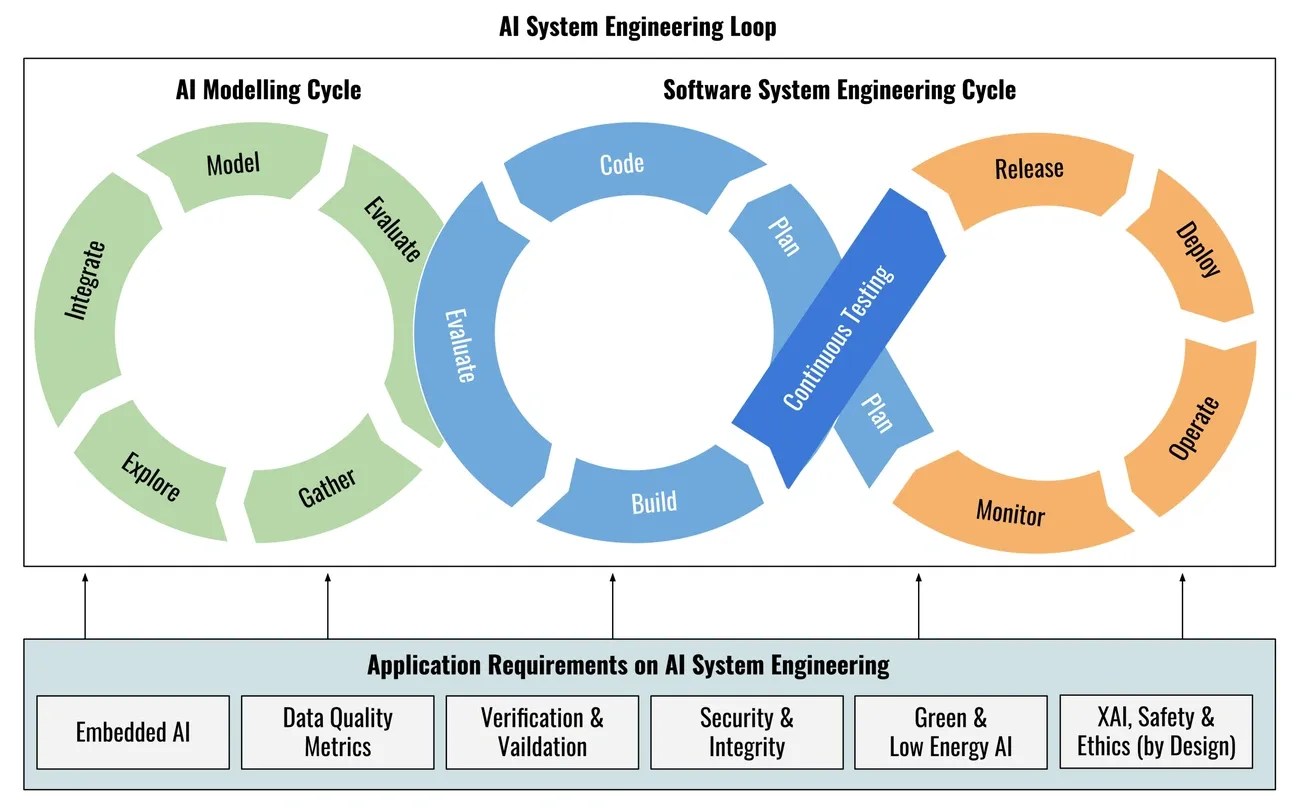
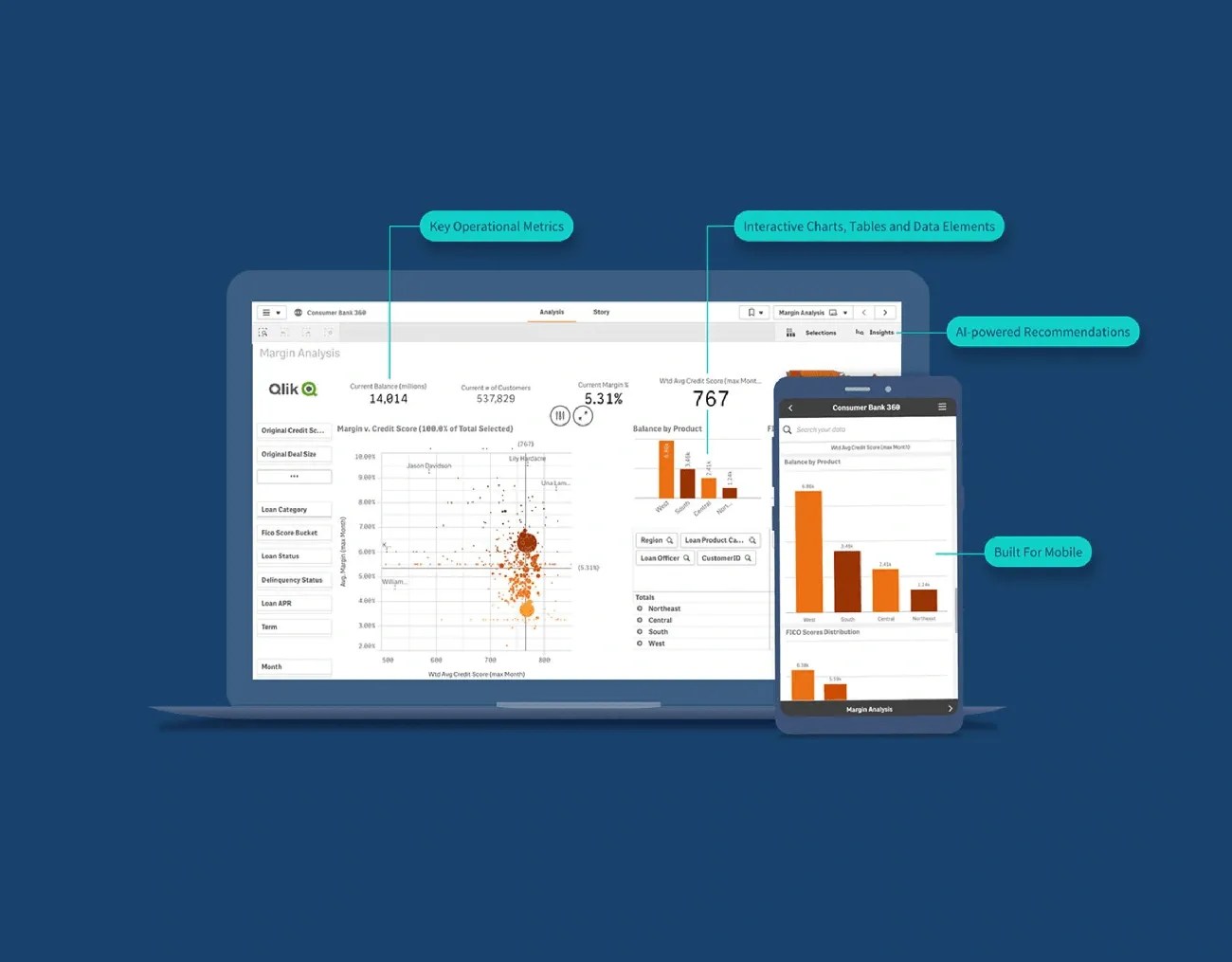
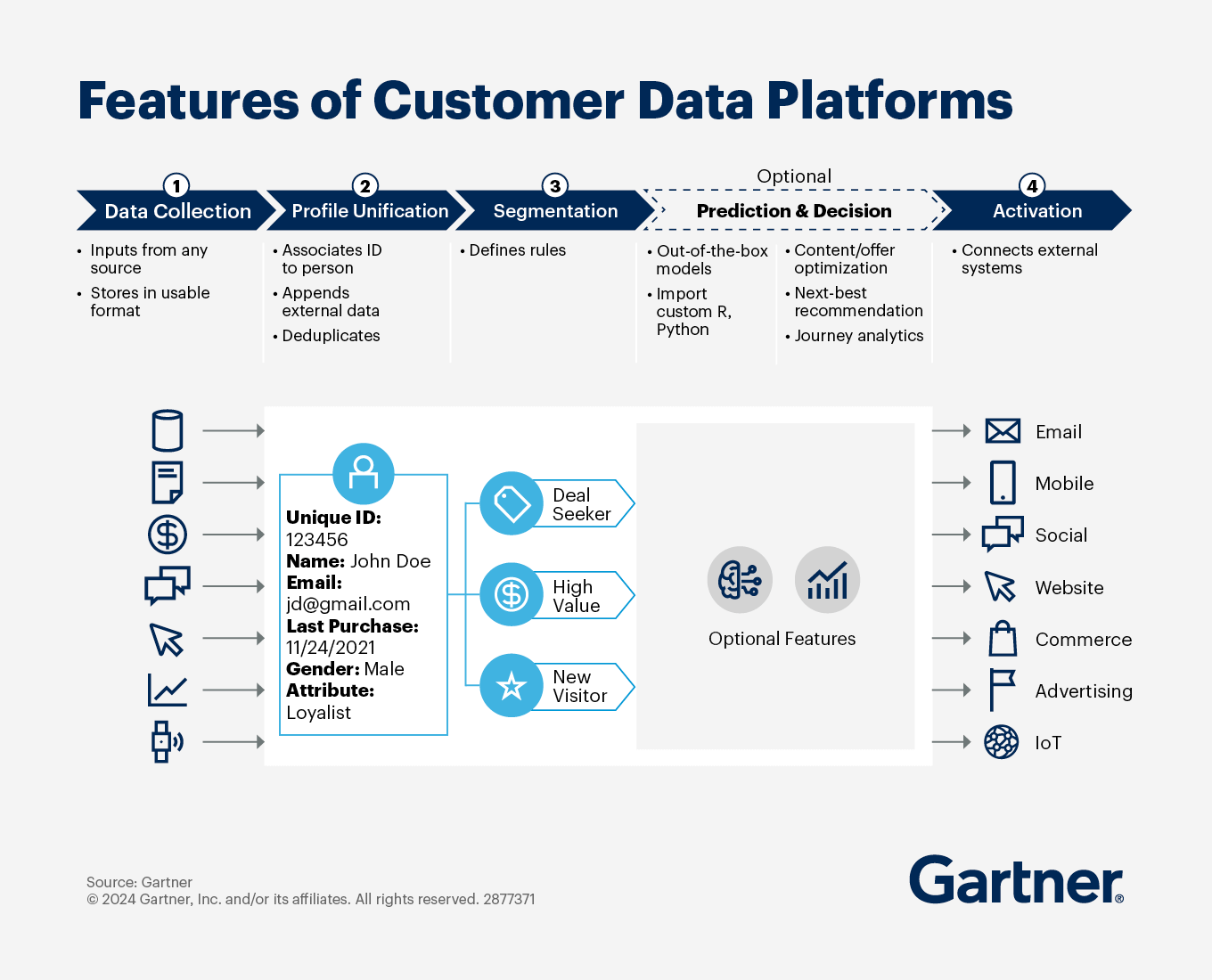
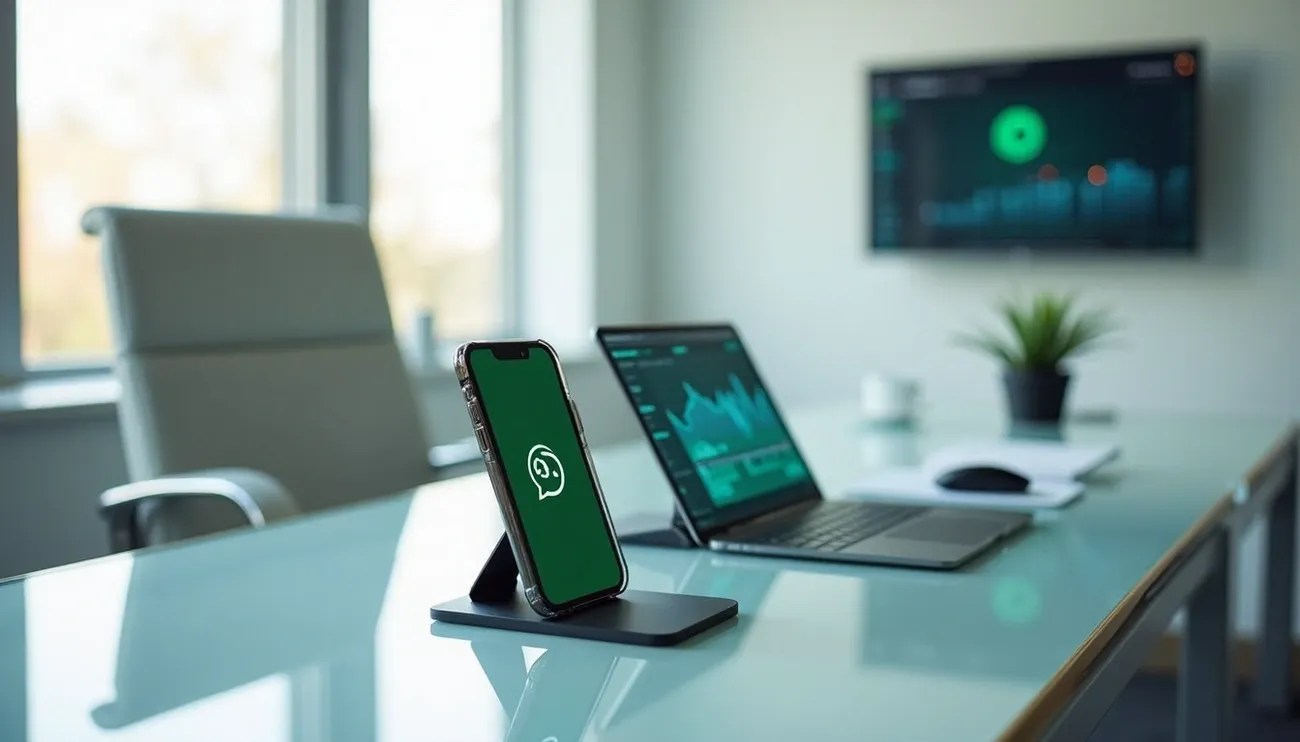 Meta messaging will change dramatically in 2025. Businesses can now manage their marketing on WhatsApp, Facebook, and Instagram from one place – Ads Manager. This comprehensive messaging system gives brands new ways to connect with their customers.
Meta messaging will change dramatically in 2025. Businesses can now manage their marketing on WhatsApp, Facebook, and Instagram from one place – Ads Manager. This comprehensive messaging system gives brands new ways to connect with their customers.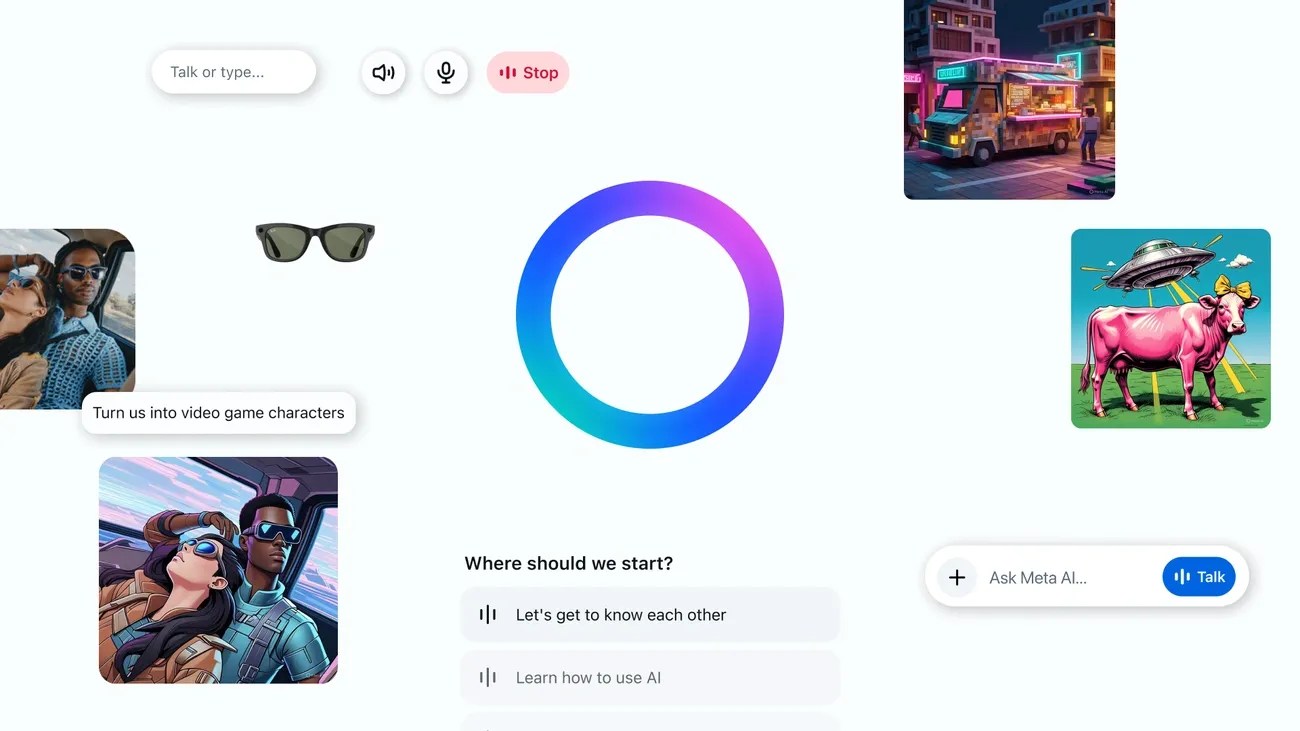

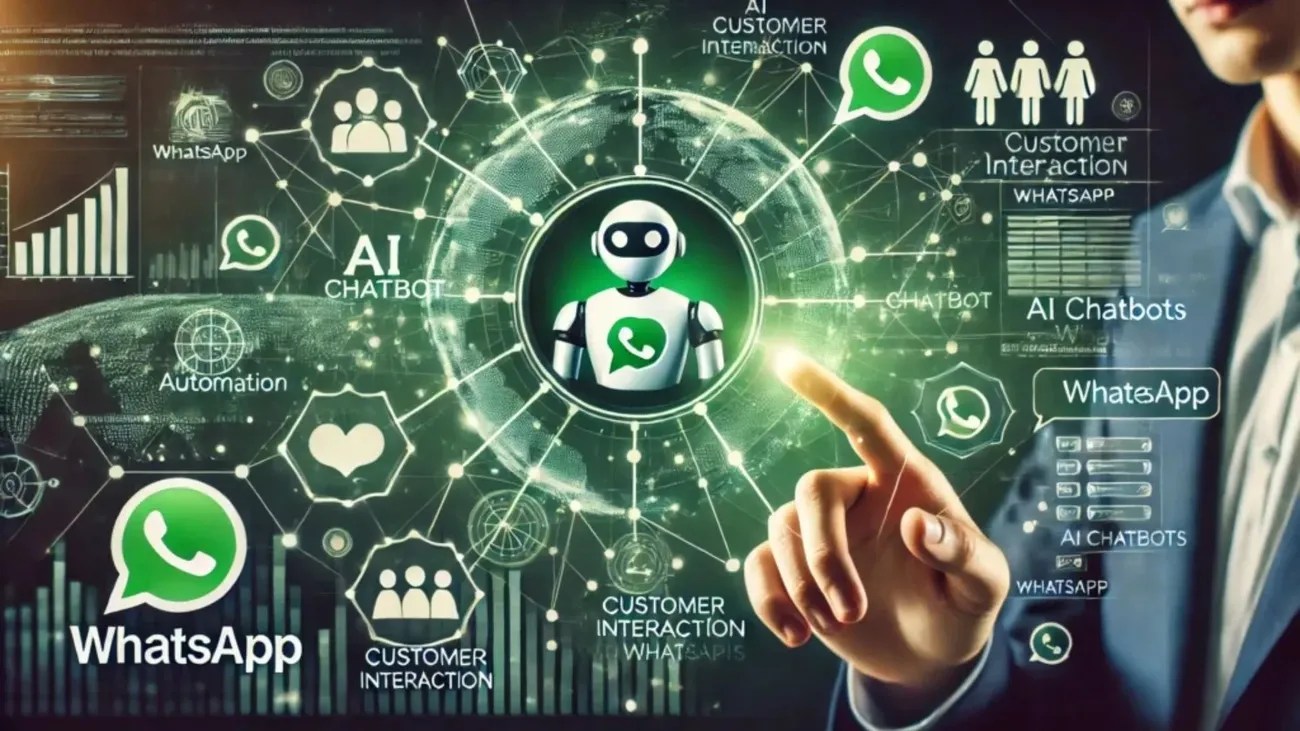
 TikTok shopify ads have revolutionized the e-commerce landscape with access to
TikTok shopify ads have revolutionized the e-commerce landscape with access to 